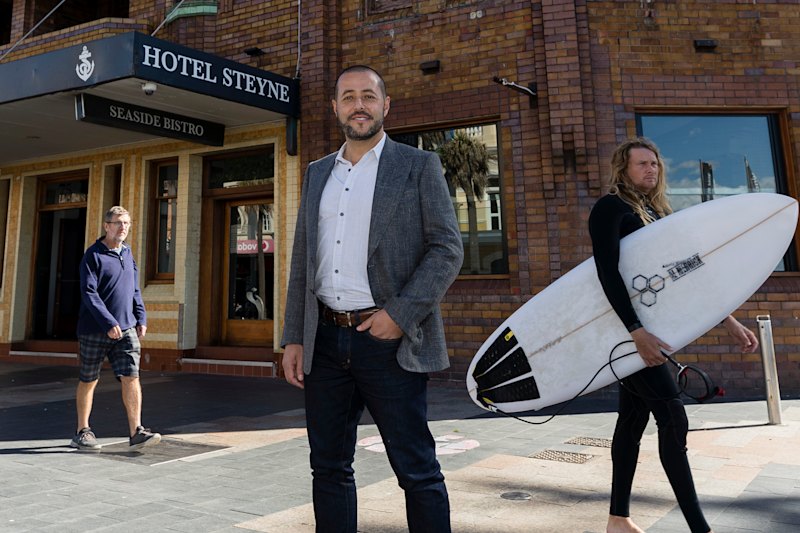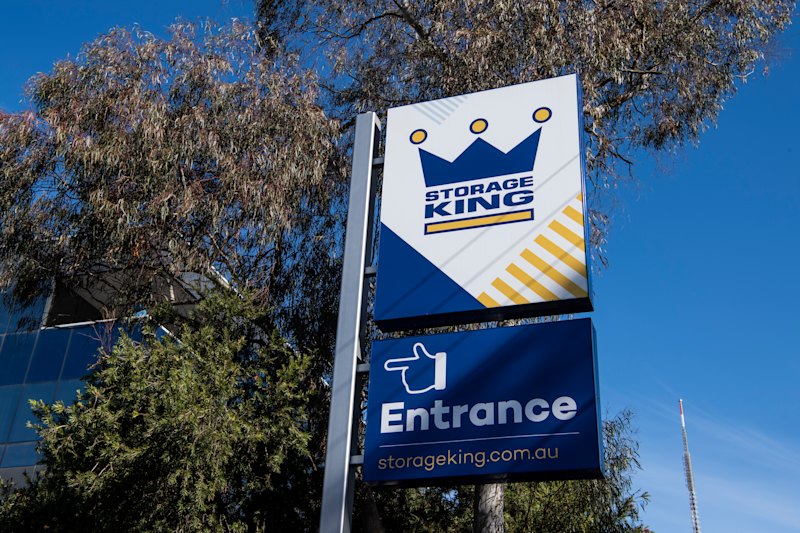Northbourne Avenue office building sells for $29.2 million
One of Canberra’s most recognisable office buildings has sold to a Melbourne investor for $29.2 million.
The seven-storey building at 73 Northbourne Avenue, on the corner of Barry Drive, attracted strong interest from interstate investors during the marketing campaign.
It was South Haven Group’s first purchase in the nation’s capital, which according to selling agents, is a sign of continued momentum for the Canberra office market.
South Haven Group’s chief executive and co-founder Ian Pratt said the acquisition was a perfect fit for his business.
“We are currently establishing a pipeline of quality, investment and upgrade-ready commercial, retail and residential projects off the back of a newly established acquisition fund and investment arm,” Mr Pratt said.
The asset has a 100 per cent leasehold interest and is primarily leased to the the Australian Fisheries Management Authority and Dixon Advisory, in addition to other private sector tenants.
The office block was constructed in 1987 and significantly refurbished in 2007 and 2015. It boasts a striking glazed facade, strong environmental credentials and 6112 square metres of office space.
JLL’s Michael Heather and Rob Anderson and CBRE’s Andrew Stewart and Scott Gray-Spencer negotiated the deal on behalf of Hume Partners Property.
“It remains clear that office investments in Canberra are sought after by a range of buyer cohorts,” Mr Heather said.
Mr Heather said buyer interest came primarily from privates and syndicators. Along with the eventual buyer, a few of these parties were considering investing in Canberra for the first time.
“This demonstrates that the Canberra office market is being held in high regard because of the resurgence in the leasing market, the liquidity of assets available and prospects of rental growth in the medium to long term,” Mr Heather said.
The surrounding amenity and the prospect of the light rail stopping just outside the building also resonated with interstate investors, according to Mr Heather.
“That was very attractive to the Melbourne private investors who have seen what the tram system provides to Melbourne.”
Mr Stewart said the Canberra market has continued to appeal to investors who had previously ignored the nation’s capital in favour of other cities.
He said the Canberra is now being viewed as a counter-cyclical investment with higher returns and secure tenants.
“We do not expect demand to dwindle,” Mr Stewart said.
“If anything, we would envisage greater investor interest along with some yield compression in line with Melbourne and Sydney locations.”
We recommend
We thought you might like
States
Capital Cities
Capital Cities - Rentals
Popular Areas
Allhomes
More







